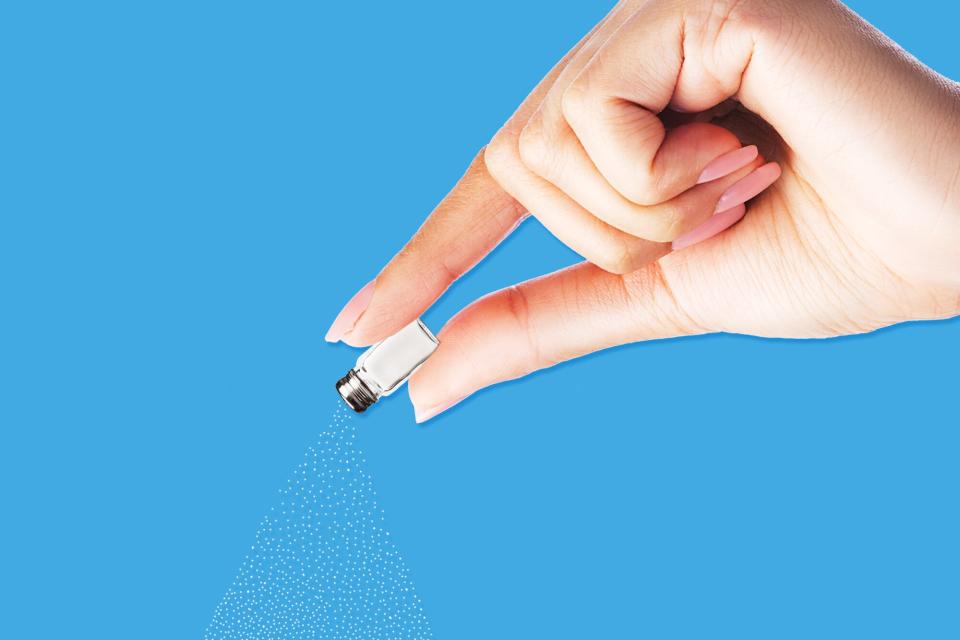Eating Less Salt Could Improve Your Quality of Life, According to New Research

Getty Images / xmee
If you've been trying to eat a heart-healthy diet, you may have heard the advice to eat less sodium. The American Heart Association recommends limiting your sodium intake to 2,300 milligrams (mg) per day, with 1,500 mg as an ideal daily limit. (Our heart-healthy recipes always follow that ideal limit, by the way.) But new research from the University of Alberta suggests that lowering your sodium intake has more complicated results than previously thought.
The study published in Lancet followed more than 800 participants in six different countries, all of whom had previously experienced heart failure. Over 12 months, one group of participants lowered its sodium intake from around 2,286 mg to 1,658 mg per day, while the other group lowered its intake from 2,119 mg to 2,073 mg per day. Researchers found that limiting sodium did not reduce clinical events—that is, cardiovascular-related trips to the emergency room or hospitalizations. But the group that ate less sodium did have a higher quality of life compared to the control group.
Related: 7 Things That Can Happen to Your Body When You Eat Too Much Salt
The researchers measured quality of life with the overall score on the Kansas City Cardiomyopathy Questionnaire (KCCQ), which asked participants about how their heart health impacts their enjoyment of life, fatigue, sleep and overall lifestyle. The study also found that the lower-sodium group experienced symptoms like coughing and swelling less frequently.
"We can no longer put a blanket recommendation across all patients and say that limiting sodium intake is going to reduce your chances of either dying or being in hospital, but I can say comfortably that it could improve people's quality of life overall," lead author Justin Ezekowitz, M.D., M.Sc., said in a media release. Ezekowitz added that it's still important to aim for lower sodium intake, especially if you have a history of heart problems.
If you love salty food or eating out, hitting that 1,500 mg daily sodium goal may sound tough—1,500 mg of sodium is a little less than a teaspoon of salt. To help the lower-sodium group meet its goals, dietitians suggested cooking at home, where it's easier to control the amount of salt in your food, and using ingredients like garlic, lemon, vinegar, herbs and spices to boost flavor. We have our own list of some tips you can follow to dial back your sodium intake, including simple steps like rinsing your canned beans before cooking or picking up some salt-free seasoning blends.
Related: 5 Natural Ways to Help You Ditch the Salt Shaker
You can still have occasional indulgences—like a cupcake or a handful of cheese crackers—and still prioritize a heart-healthy, low-sodium eating pattern. Just remember to enjoy processed foods in moderation and seek out lower-sodium options when you can.
"If that bowl of ice cream is really important to you, that's great, but you shouldn't have it every day," Ezekowitz said. "It's not about the hills and valleys, it's all about the averages."
The Bottom Line
Lowering your sodium intake to the American Heart Association's ideal limit of 1,500 mg per day (or as close to it as you can) could help improve quality of life for folks with heart problems. Cooking at home and choosing low-sodium ingredients can help you meet that goal, but even those whose sodium intake was around 1,650 mg per day experienced tangible improvements in quality of life, including less frequent coughing, fatigue and swelling. If you need some low-sodium inspiration, our recipes can help you hit your goals and get your fill of flavor.
